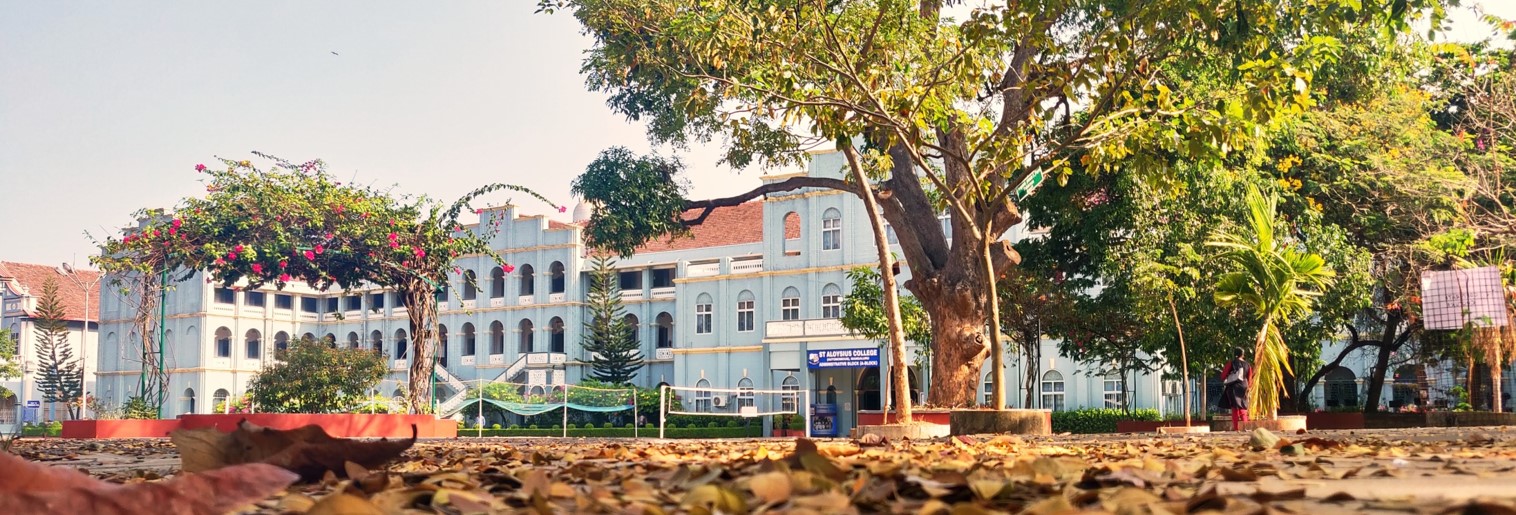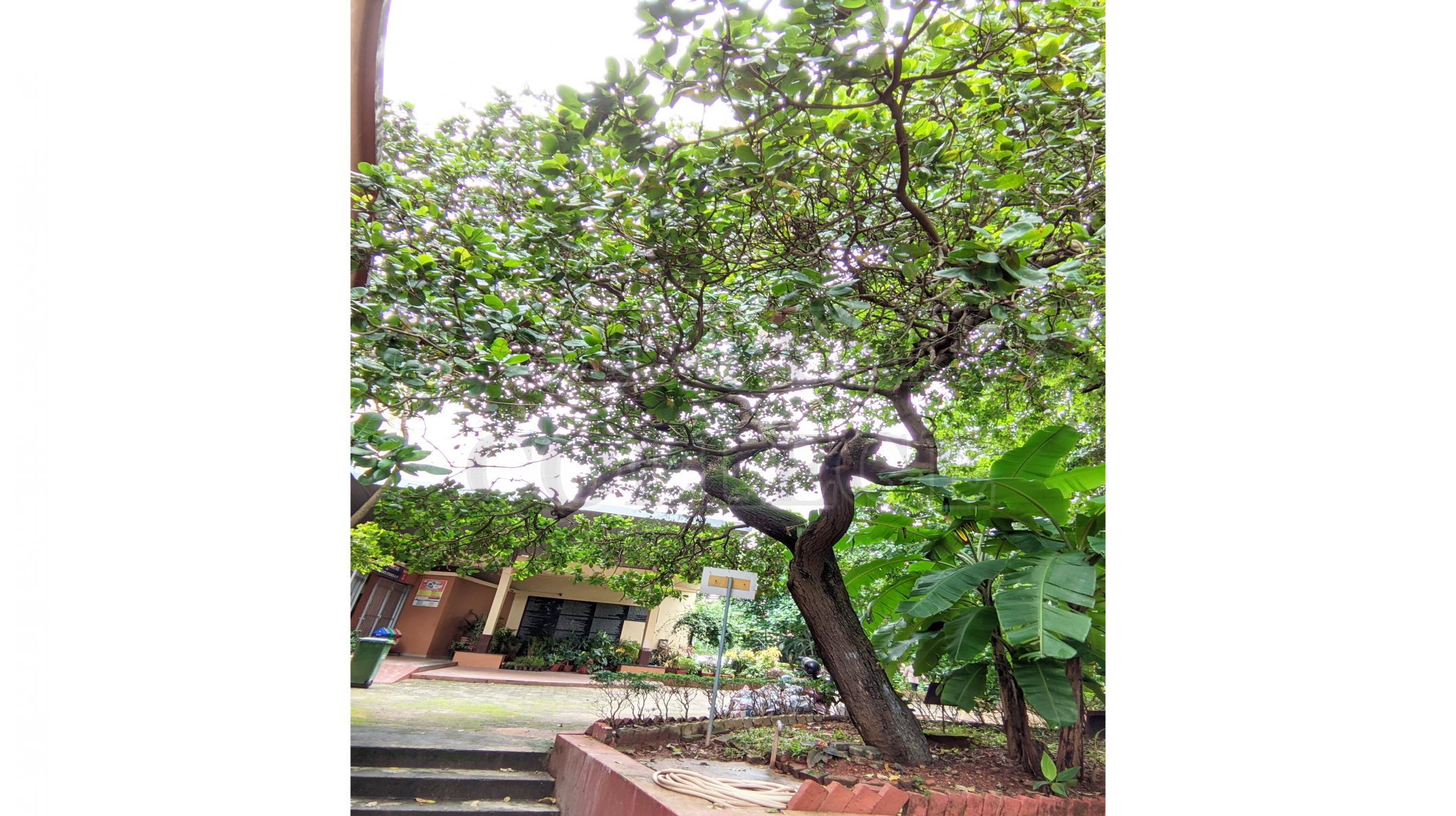
Cashew

Cashew
Family : Anacardiaceae
Characteristic Features :
Habit : evergreen trees, to 15 m high, bark pale grey to brown, smooth with vertical striations; blaze dull pink; exudation sticky, red; branchlets glabrous.
Leaves : simple, alternate, somewhat crowded on twig apices, estipulate; petiole 7-15 mm, stout, swollen at base, glabrous; lamina 6-15.5 x 3-8 cm, obovate; base acute or cuneate, round, apex obtuse, round or retuse, margin entire, glabrous, shiny above, coriaceous; lateral nerves 10-15 pairs, parallel, prominent; intercostae reticulate, prominent; glands axillary on main nerves and its branches.
Flowers : polygamous, yellow, streaked with pink, in terminal prominently bracteate panicles; calyx 5-partite, lanceolate, imbricate, deciduous, with some pubescence on outside; petals 5, linear-lanceolate, ligulate, recurved, imbricate; disc filling the base of the calyx, erect; stamens 8-10, one usually longer than others; filaments connate at the base and adnate to the disc, glandular puberulus; ovary superior, obovoid or obcordate, 1-celled, ovule 1, ascending from a lateral funicle; style filiform, excentric; stigma minute.
Fruit : a reniform nut, 2-3 cm, grey, seated on a large pyriform fleshy body formed of enlarged disc and top of the pedicel; pericarp gives acrid caustic oil
seed : reniform, ascending.
Significance :
- Test tube tree, developed by Dr. Icy D'silva from Dr Küpper's Biotech Unit Laboratory of Applied Biology



